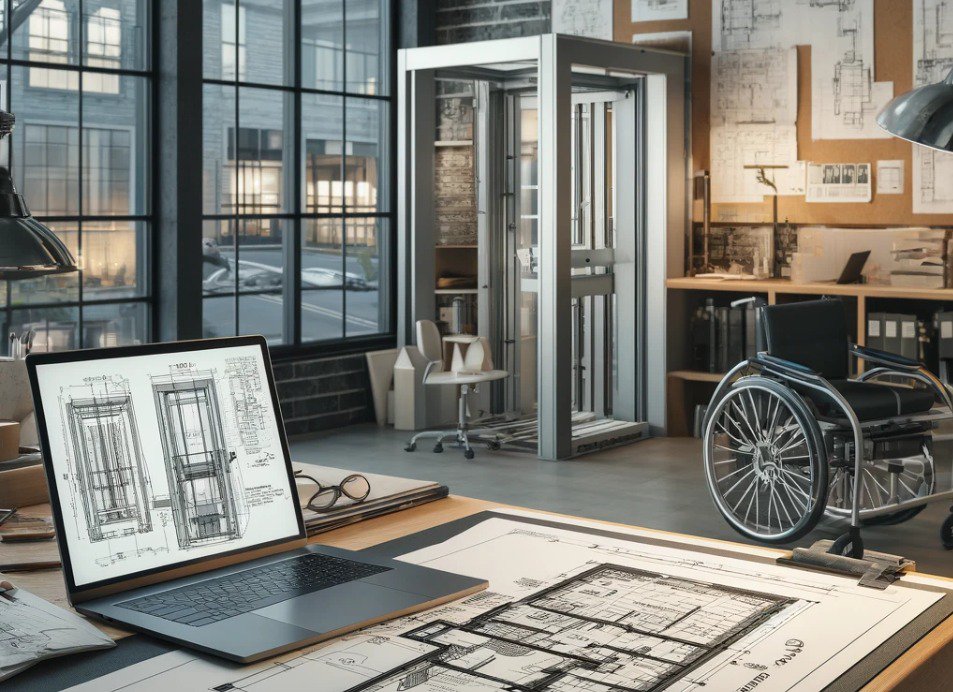Vertical platform lifts (VPLs) offer a practical and accessible solution for individuals with mobility impairments, allowing them to navigate different levels within buildings. As architects and home builders, it's crucial to understand the regulations and specifications surrounding VPL installation, particularly the maximum travel distances permitted.
The ASME A18.1-2020 Safety Standard for Platform Lifts and Stairway Chairlifts provides specific guidelines for VPLs, including limitations on their travel distance. This blog post will delve into these regulations, focusing on the information relevant to architects and home builders.
Maximum Travel Distances Based on ASME A18.1:
The allowable travel distance for a VPL depends on two key factors:
- Location: Whether the lift is installed in a public building or a private residence.
- Runway Enclosure: The type of enclosure surrounding the lift's travel path.
Here's a breakdown of the maximum travel distances for VPLs in different scenarios:
Public Buildings:
- VPLs with full or partial runway enclosures (Sections 2.1.1 and 2.1.2): The maximum travel distance is 4250 mm (168 inches). This applies to most common VPL installations in public spaces.
- VPLs without runway enclosures (Section 2.1.3): The maximum travel distance is 1500 mm (60 inches). This type of installation is less common and may be considered in specific situations where a full enclosure is not feasible.
- Courtroom VPLs (Section 2.1.4): The maximum travel distance is 600 mm (24 inches). These lifts are specifically designed for courtroom settings and have limited travel requirements.
- Performance Area VPLs (Section 2.1.6): The maximum travel distance is 375 mm (15 inches). These lifts are used in performance areas like stages and have the shortest allowable travel distance.
Private Residences:
- VPLs with full runway enclosures (Section 5.1.1): Similar to public buildings, the maximum travel distance is 4250 mm (168 inches).
- VPLs with partial runway enclosures or no enclosures (Sections 5.1.1.7 and 5.1.1.8): The standard does not explicitly specify a maximum travel distance for these types of VPLs in private residences. However, it's crucial to consider factors like available space, building structure, and the specific needs of the user when determining the appropriate travel distance. Consulting with a qualified VPL installer is highly recommended in such cases.
Additional Considerations:
- Local Building Codes: Always remember that local building codes and regulations may impose additional restrictions on VPL travel distances. It's essential to check with the relevant authorities and ensure compliance with all applicable codes.
- Specific Lift Design: The maximum travel distances mentioned above are based on the ASME A18.1-2020 standard. However, the actual travel distance of a specific VPL may be less than these limits depending on its design and installation requirements.
Conclusion:
Understanding the maximum travel distances for VPLs is crucial for architects and home builders to ensure safe and compliant installations. By adhering to the ASME A18.1 standard and consulting with qualified professionals, you can create accessible spaces that meet the needs of individuals with mobility impairments.
Remember: This blog post provides a general overview. Always refer to the official ASME A18.1 standard and consult with qualified VPL installers for complete and accurate information.


